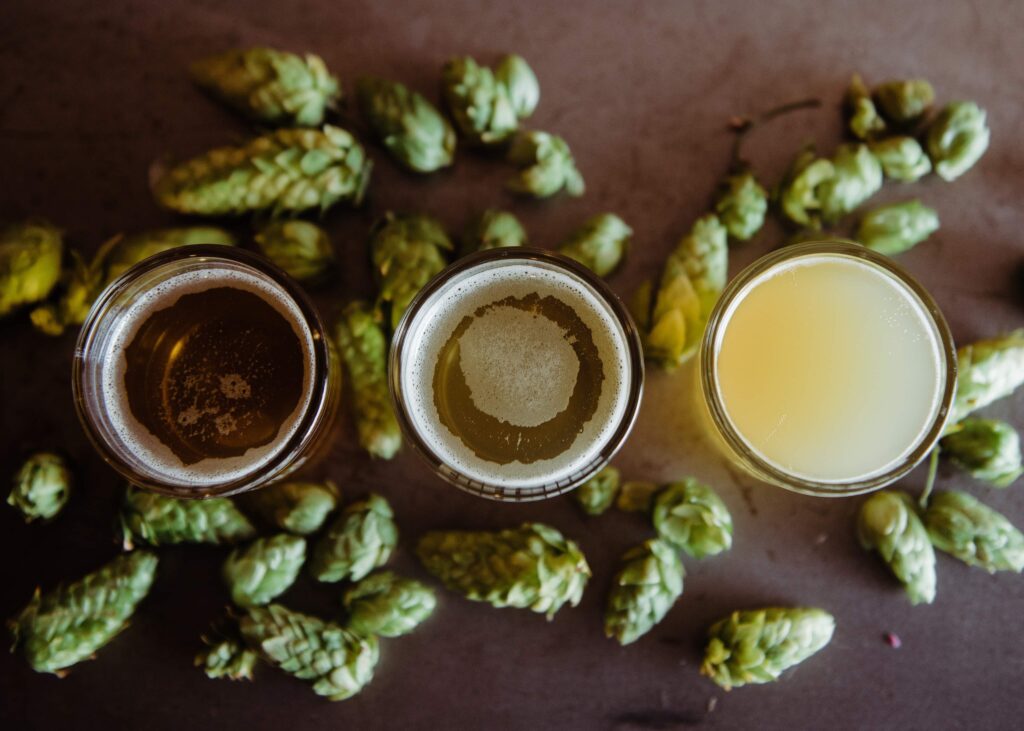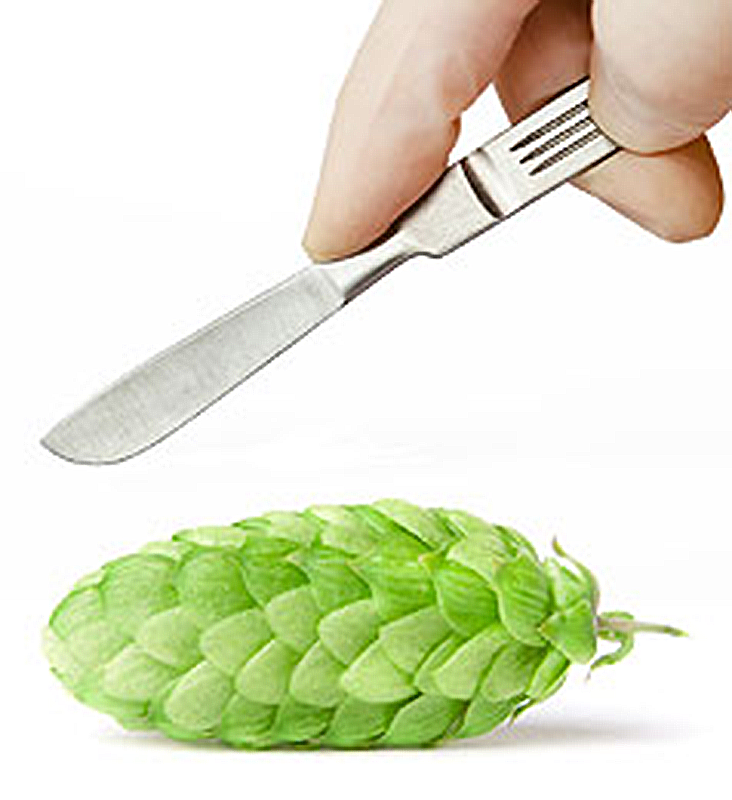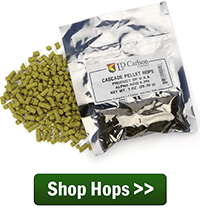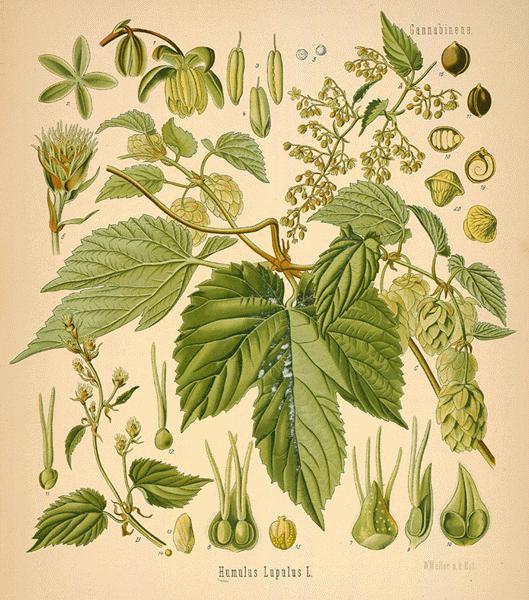Today, we’re talking about hops, and it’s not the kind Rapper’s Delight told us about.
Hops are a popular ingredient used to give the beer a certain smell and taste. You might have heard people refer to a beer as “hoppy” before, but what does that really mean?
The Hop Plant
A hop is a flower used for bittering, flavoring, and adding aromas to your beer.
Each hop has elements that can intensify smell, sweeten, or strengthen the bitterness of beer. There are different types of essential oils that control the aroma and flavoring of a hop, and different levels of alpha acids that control the bitterness.
You can use a variety of hops to achieve the smell and flavor of your choice!
Hoppy Strains
There are 3 main types of hops: Noble, American, and English. And each type offers a variety of options for your brew.
Noble Hops
Noble hops are found in Germany and the Czech Republic. They have a high amount of essential oils that intensify flavors and aromas, and a low alpha acid level that reduces bittering. Here are some of the classic Noble hops:
Saaz
Acid level: 3-5%
Style: Traditional Noble hop
Flavor Profile: Earthy, spicy, herbal
Lubelski
Acid level: 3-5%
Style: Substitution to Saaz
Flavor Profile: Floral, magnolia, lavender
Tettnanger
Acid level: 3-6%
Style: Traditional Noble hop
Flavor Profile: Spicy, floral
American Hops
American hops are grown right here in the U.S. They’re known for having high levels of myrcene that create stronger aromas. Here are some of our favorites:
Brewer’s Gold
Acid level: 6-10%
Style: Bittering hop
Flavor Profile: Spicy, blackberry currant
Cascade
Acid level: 4.5-7%
Style: Strong bittering and intense aroma
Flavor Profile: Citrus, grapefruit
Amarillo
Acid level: 8-11%
Style: Substitution to Cascade
Flavor Profile: Orange citrus
English Hops
English hops are found in (drumroll please) England. They have a low level of myrcene oil which makes their aroma milder. Here are three of the most popular English hops:
Sovereign
Acid level: 4.5-6.5%
Style: Balancing hop
Flavor Profile: Fruity, floral, earthy
Sussex
Acid level: 4.3-5.8%
Style: Tropical
Flavor Profile: Citrus
Target
Acid level: 8-13%
Style: Strong bittering and intense aroma
Flavor Profile: Sage, floral, spice, citrus
Now that you know the types of hops, let’s talk about how to use them.
Hoppy Brewing
There are a variety of ways to achieve your perfect hoppy brew. So whether you’re a first timer or a seasoned brewer, there are multiple methods to get you hoppin’ along.
Dry Hopping
Dry hopping is best used with hops with strong flavors or aromas that are added after fermentation.
This method can take up to 10 days, but we promise it’s worth the wait. We recommend using a Sussex hop for this method.
First Wort Hopping
First Wort Hopping relies on hops with low acid-levels to achieve a balanced taste and smell. It produces a smooth bitterness that compliments the smell of the beer. Brewers should toss 30-50% of the hops into the kettle before boiling the wort.
Though not as common, we suggest trying this method using Tettnanger hops.
Randall
Hoppy brews can also be achieved using a Randall device. This device filters the beer through the hops, allowing the strong flavors to seep into the beer – similar to a water filter! Randall devices are a no-stress, no-mess way to brew the perfect hoppy beer.
*CAUTION*
This method brews large quantities. So throw a party to share the amazing beer you just made!
Cascade is a great hop to use in your first batch.
Remember, there are more hops and methods to try than what we’ve shared… So HOP on over to Adventures in Homebrewing and learn more about different tools, methods, recipes and more.
Hoppy brewing!





